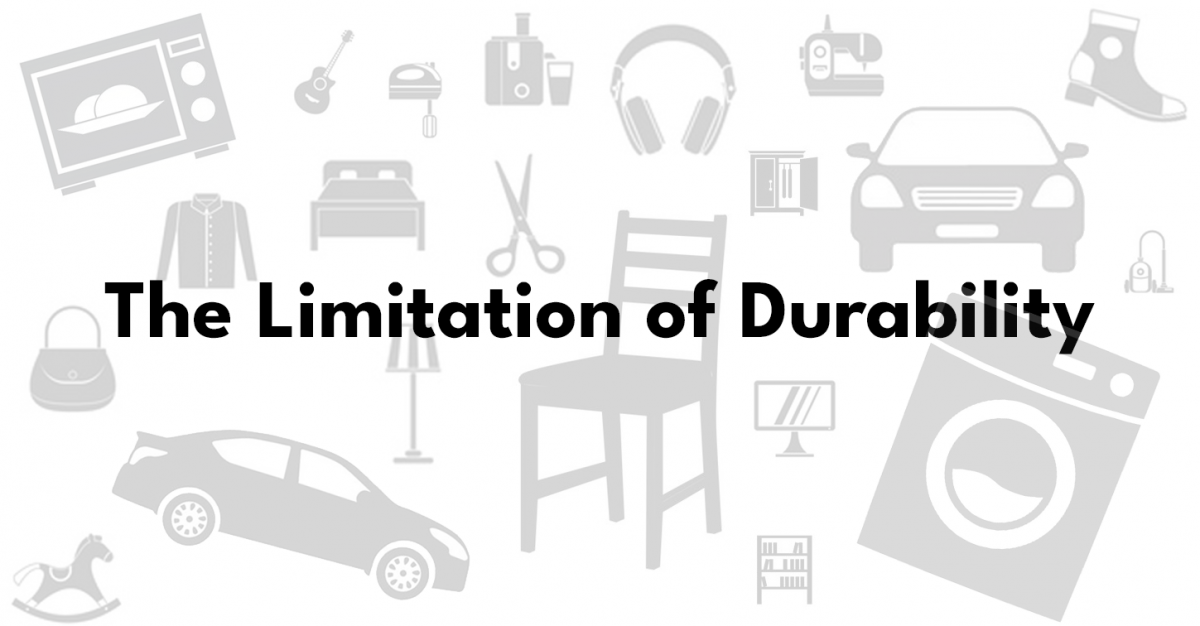The proof ain’t in the pudding

It is common to hear and read about the environmental advantages of longer lasting products, it is everywhere from product advertisement to environmental policy and academic literature. But what is the empirical knowledge substantiating the “durability discourse” across consumer goods?
In the recently published literature review in Sustainable Production and Consumption, The environmental impact of product lifetime extension: a literature review and research agenda, written by Irene Maldini, Ingun Grimstad Klepp and Kirsi Laitala, the results show that even academic literature builds on assumptions about how the world works, rather than on the critical observation of the real world.
Conceptual and empirical studies (such as LCAs) on product longevity assume that there are savings in production associated to longer lasting products, but the field research that could confirm this assumption, mostly questions it.
Limited or no savings
In the review, the researchers analyzed 194 scientific texts. What is surprising, almost shocking, is that of these, only 8 studies were found that were actually based on empirical evidence. And they were far more modest in their conclusions: Contrary to the assumed savings in production resulting from PLE in LCAs, the results of these publications either question that such savings occur, or they highlight that the savings are limited.
We hope that this article opens a new, more realistic stream of research on product lifetimes, as it contains sobering insights, related to reductions in the volume of goods produced, which in theory would be a direct result from expected reductions in demand, due to delayed product replacement:
“If the two key assumptions about consumer and industry behaviour underlying the durability discourse do not hold, PLE [product life extension strategies] could contribute to accumulation and growing stocks rather than replacement avoidance. In this scenario, the savings expected in the literature do not materialise, and efforts towards PLE can result in increased environmental costs.”
As Kate Fletcher points out: “Simplified notions of product durability as inevitably leading to environmental benefits are now facing root and branch reform”.
Urgent research needed
Adds Irene Maldini: “What we call for is more research to substantiate or refute these assumptions in specific contexts and consumer goods. We expect that there is a stronger relation between longevity and volume in some consumer goods, locations, and kind of households (example: washing machines, less affluent regions) and a weaker relation in others (example: clothing, more affluent nations), but more research is needed.”
“We cannot remember ever publishing anything that is so revealing and that is so fundamentally on a collision course with everything from common sense, good research colleagues and unfortunately also parts of our previous work. We as other researchers should know what we are saying, and not write things just because it sounds like it is true. All credit to Irene for her courage and clear-sightedness,” writes Ingun Grimstad Klepp.
This is the second paper in the work around the limitations of durability, the first one being The EU Textile Strategy: How to Avoid Overproduction and Overconsumption Measures in Environmental Policy.
Read the paper here.